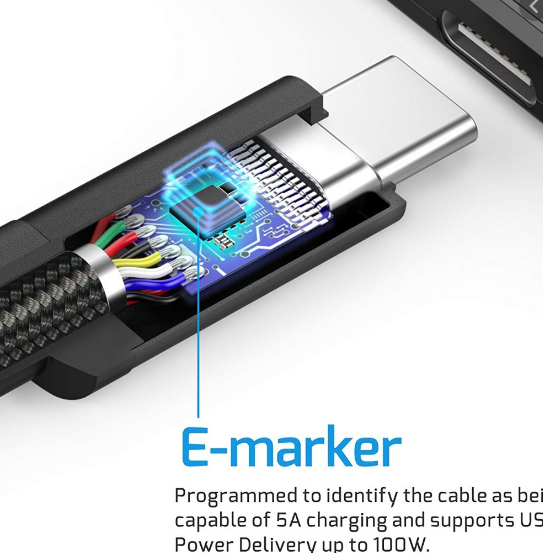I stumbled upon this question as well today. I will respond to this question in more general terms and then specifically for your setup.
There are some limitations in regards to how much power you can draw from USB-C with PD.
You can find part of the official specification here, or the full specification here, but I will summarize it as follows:
1. USB-C PD upper power/voltage/current limits
The maximum power you can draw from USB-C PD is 100W (20V/5A). This means that your 60W application is well within the limit of what USB-C PD can offer.
This limit is imposed by the voltage and current allowed to be used with USB-C PD which is 20V and 5A. Keep in mind that these limits are not interdependent. That means you can't use 10V at 6A (60W), because the current exceeds the 5A limit. The same applies to voltage. USB-C PD will not deliver 15W with the 30V/.5A configuration because it is not within the spec.
2. USB-C PD power profiles
When you power a USB-C load, it is up to the receiving device to communicate the power requirements by using the USB PD protocol. The chipset in ZY12PDN offers you a wide range of power profiles:
- Red; Selectable mode, 5V present
- Yellow: 9V
- Green: 12V
- Ice/Teal: 15V
- Blue: 20V
You should be able to choose between those by pressing the button.
Please refer to the English Instructions in this article.
3. USB-C Cable
As outlined by this answer (and referenced to the USB-C documentation in the same answer) the cable use can limit the amount of power you can transmit. You will generally look for an EMCA enabled cable (see photo) if you want to exceed 60W.

To wrap up, 3A at 20V is sufficient for your purpose. However, there is nothing to limit this module to 3A, which means it could provide up to 100W (20V/5A), as long as your AC/DC wall transformer allows it.
I use the terms RX and TX as "receiver (the device to be charged) and transmitter (the device that offers the power)"
Because there seem to exist custom solutions from microchip giants such as Texas Instruments, I am using a less strict language when not talking about the USB-C PD per se.

